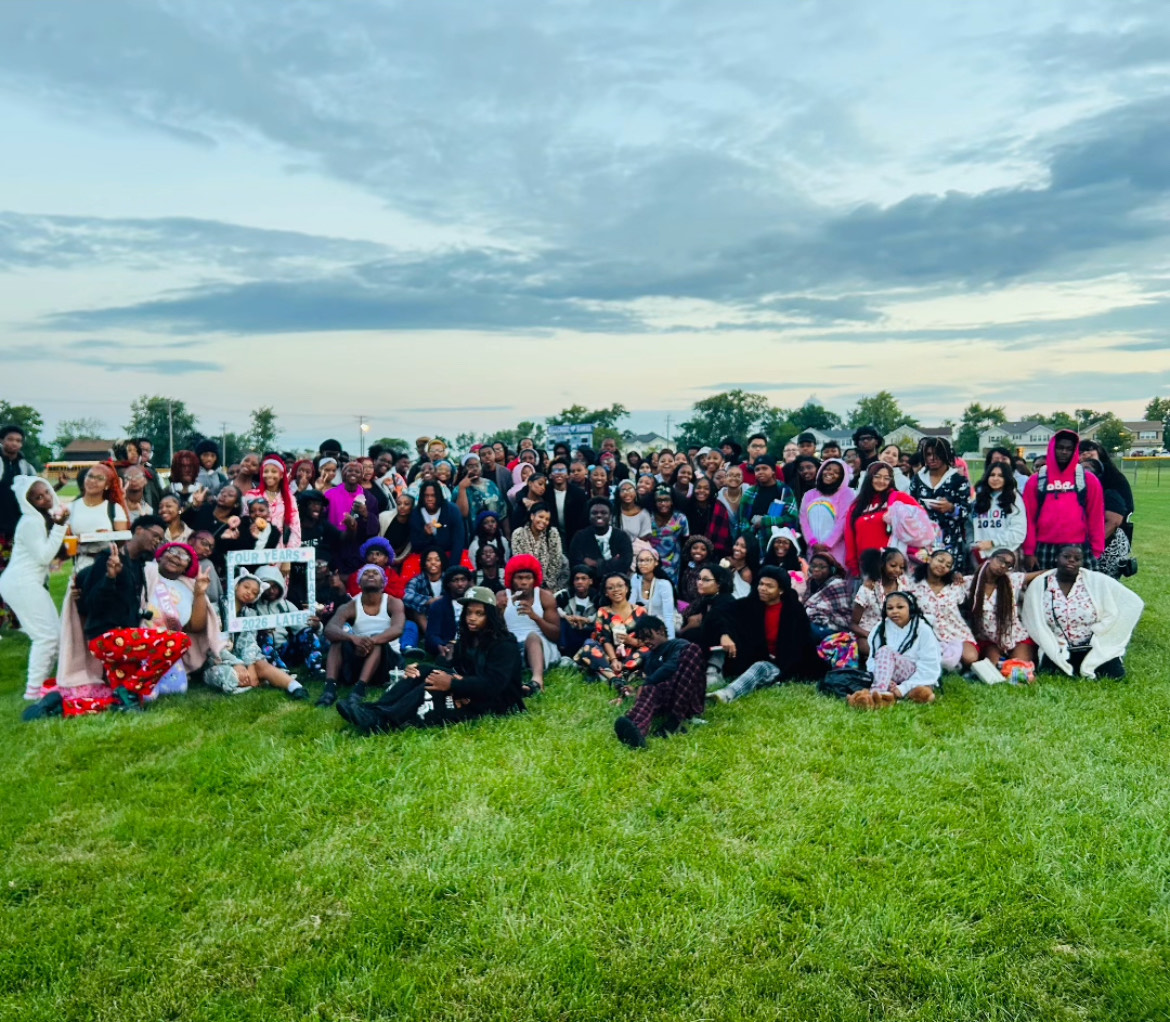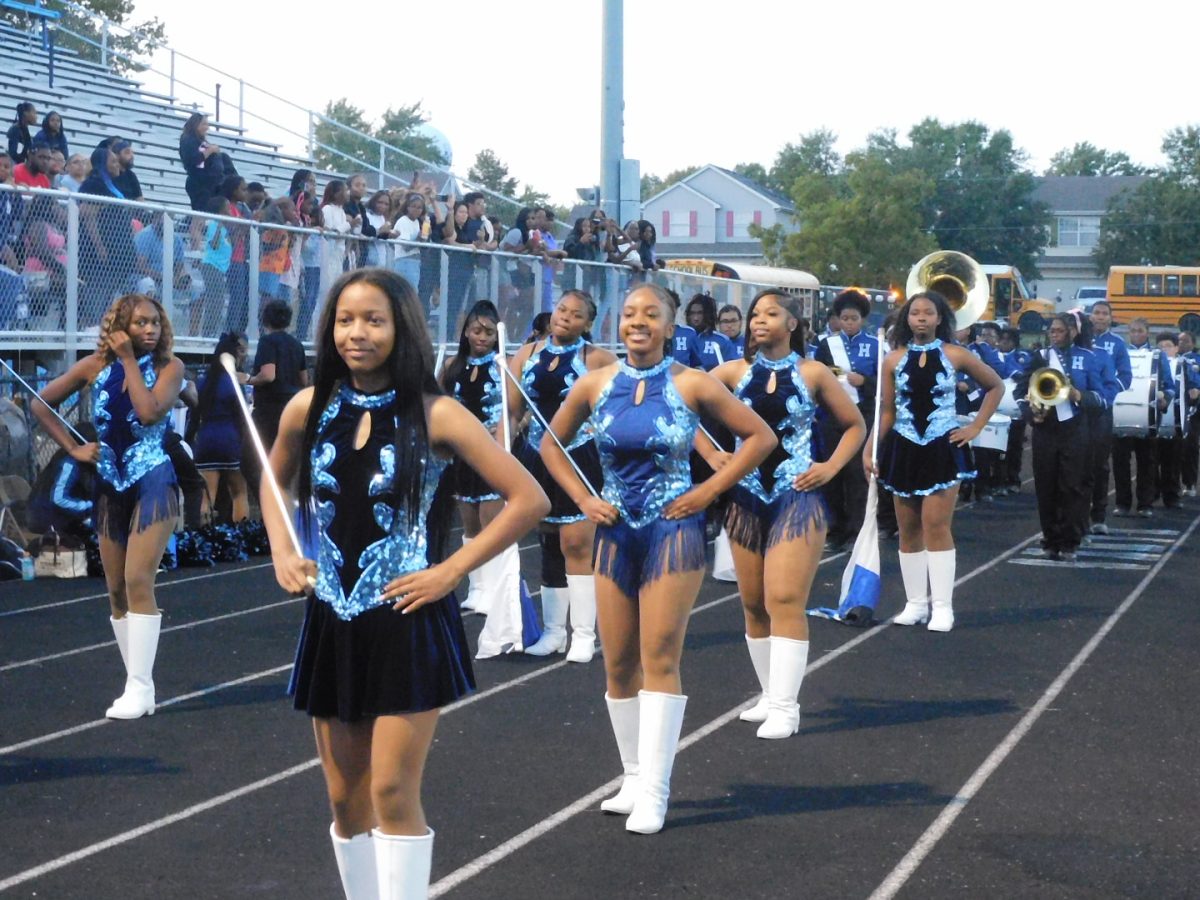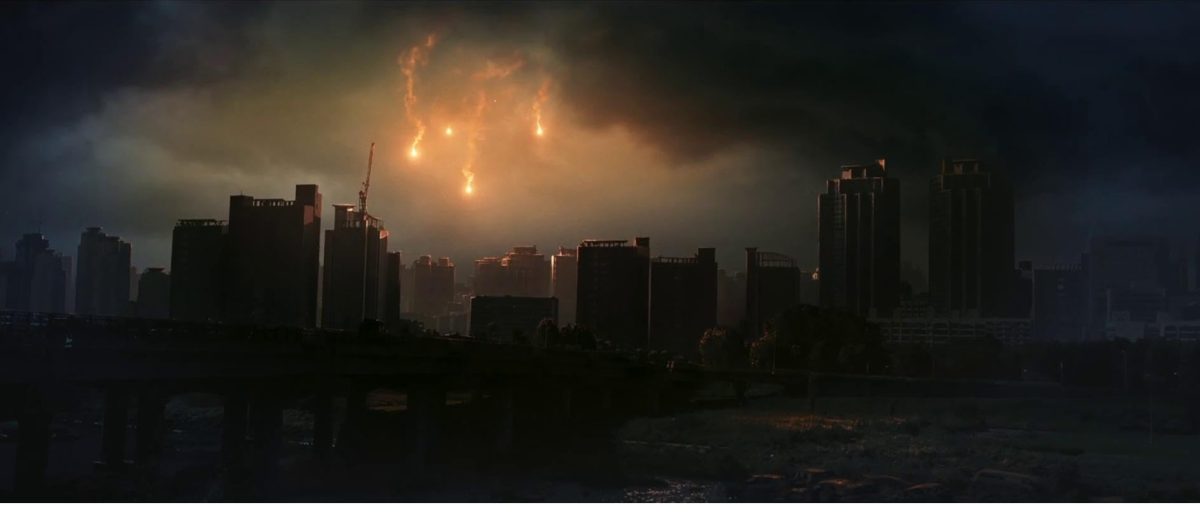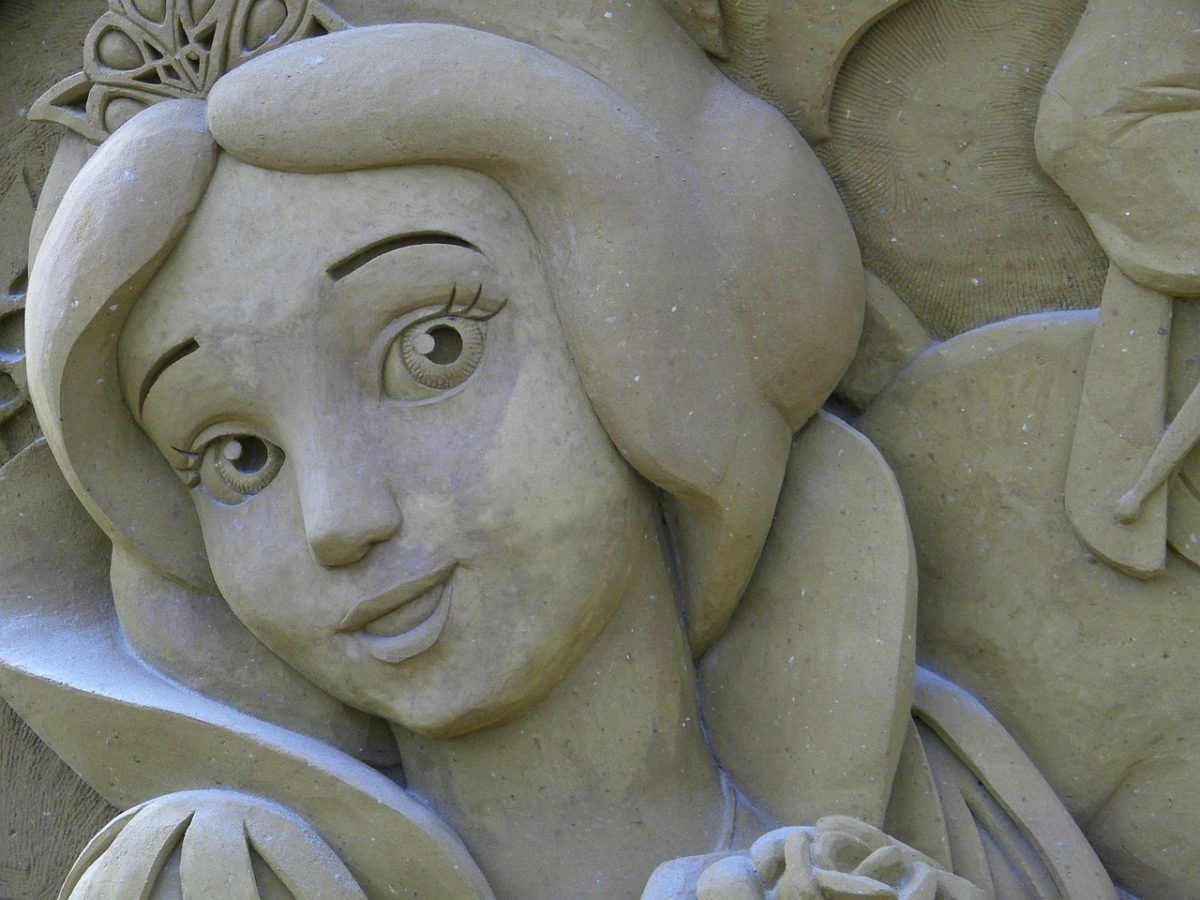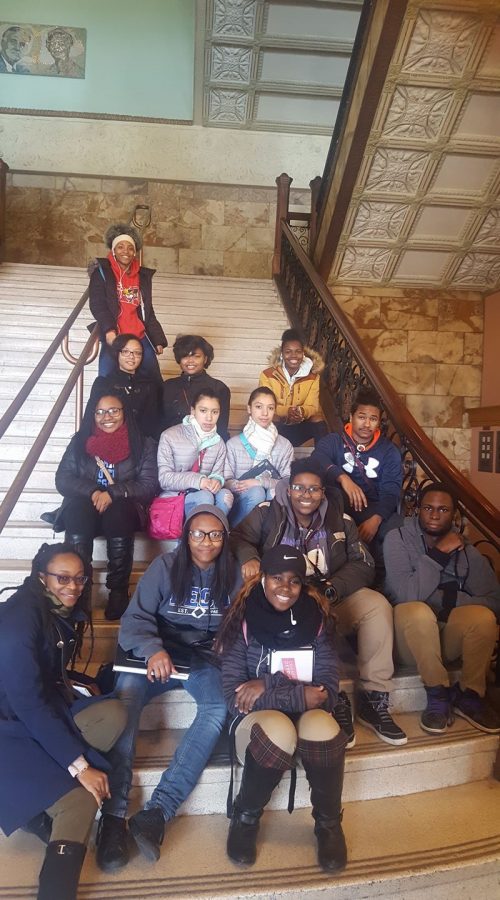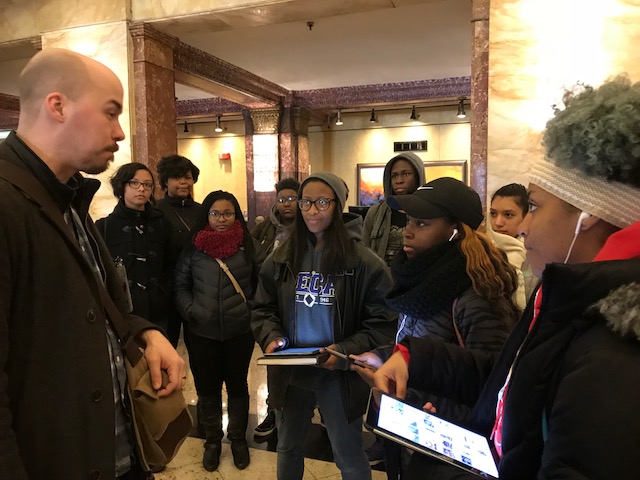World’s Fair Walking Tour
April 20, 2018
For six months in 1893, Chicago became the home to a shining beacon of curiosity and innovation when it earned the right to host the World’s Columbian Exposition (also known as the World’s Fair), held four hundred years after Christopher Columbus’ “discovery” of the West Indies. Many cities vied to have the honor of holding such a prestigious event within their borders, including St. Louis and New York and Washington D. C., but our great city managed to dominate the competition by being one of the fastest growing metropolitan areas and understanding the right people to pay off. It is safe to say that those investments were not wasted. Being able to hold the World’s Fair, changed the global perspective of the city that is Chicago and helped to develop the reputation that it has today as a place of wonder and growth.
On April 19th, 2018, twelve Hillcrest students had the pleasure of going on a walking tour of the 1893 Chicago World’s Fair in order to understand the impact of such a wondrous occasion on the city as well as the rest of the world. Though most of the fair was torn down immediately after its conclusion, as most of the buildings were made from plaster of Paris and the Fair was meant to be seen as a once in a lifetime event, students were still able to experience the beauty and majesty that existed in the remaining architecture. The interactive journey through downtown Chicago, which was sponsored by Mrs. Adebesin-Mason, was coordinated and tour guided by Mr. Bean(yes, the joke had been made). One student can be quoted saying, “Having Mr. Bean there was very important because he made the whole trip fun, instead of giving a lecture.” Which to his credit, was the tour guide’s major goal as he sprinkled in several interactive events as the students traveled through architectural masterpieces from 1893. Some of these activities included popcorn taste tests, team trivia, and team scavenger hunts, all meant to keep the group invested in the information surrounding them.

The tour wasn’t all fun and games; during their walk, the students of Hillcrest were able to learn of mechanical marvels that only came into the public consciousness during the Chicago World’s Fair. For example, 1893 was the first time the popcorn machine truly came into the spotlight; it’s visual appeal enhanced by the existence of a grotesque little steam powered figure turning the machine. 1893 would have also been the first time many were able to even see a light-bulb let alone experience all the other electrical gadgets on display. Visitors would have been able to experience moving walkways, a simulation of Hawaii (which was just a room with a fake volcano) and gigantic food sculptures – a block of cheese so massive that its display was destroyed under its weight for example, created through scientific and agricultural innovation. It was a time to be alive, and though our students couldn’t experience those marvels first-hand, they were still able to understand their impact on our city.
Architecture was also a major focus of the tour, since the buildings downtown were the only ones left standing, their designs persisting throughout the decades and giving the city a look into what the 1890s looked like, that is, if you were a royal or an aristocrat who had the time and money to actually stay in those hotels made up to look like the palaces of France and other European nations. The whole of the fair was designed to look as though it was transported from Ancient Greece, but as it was said before, those installations were temporary and made of plaster. The buildings that persisted, which include the current Museum of Science and Industry and a hotel once meant for presidents and royalty, were designed to hold more valuable objects than the rest of the fair, were made out of tougher building materials. One of the most remarkable architectural feats and a staple of the World’s Fair tour was the Auditorium building, designed by Designer Louis Sullivan and Architect Dankmar Adler was built out of solid stone and was once the tallest building in the world. The fact that it was able to stand in the swampy sediment of Chicago in the first place is in itself a testament to the remarkable architecture of the time.
After this trip, students came back to Hillcrest with a renewed sense of wonder and a desire to create bigger and better things for the world at large.
So if you ever find yourself in Chicago, don’t forget to look into taking part in a walking tour. Being surrounded by so much art and history, it would be a shame not to learn anything more about it.


